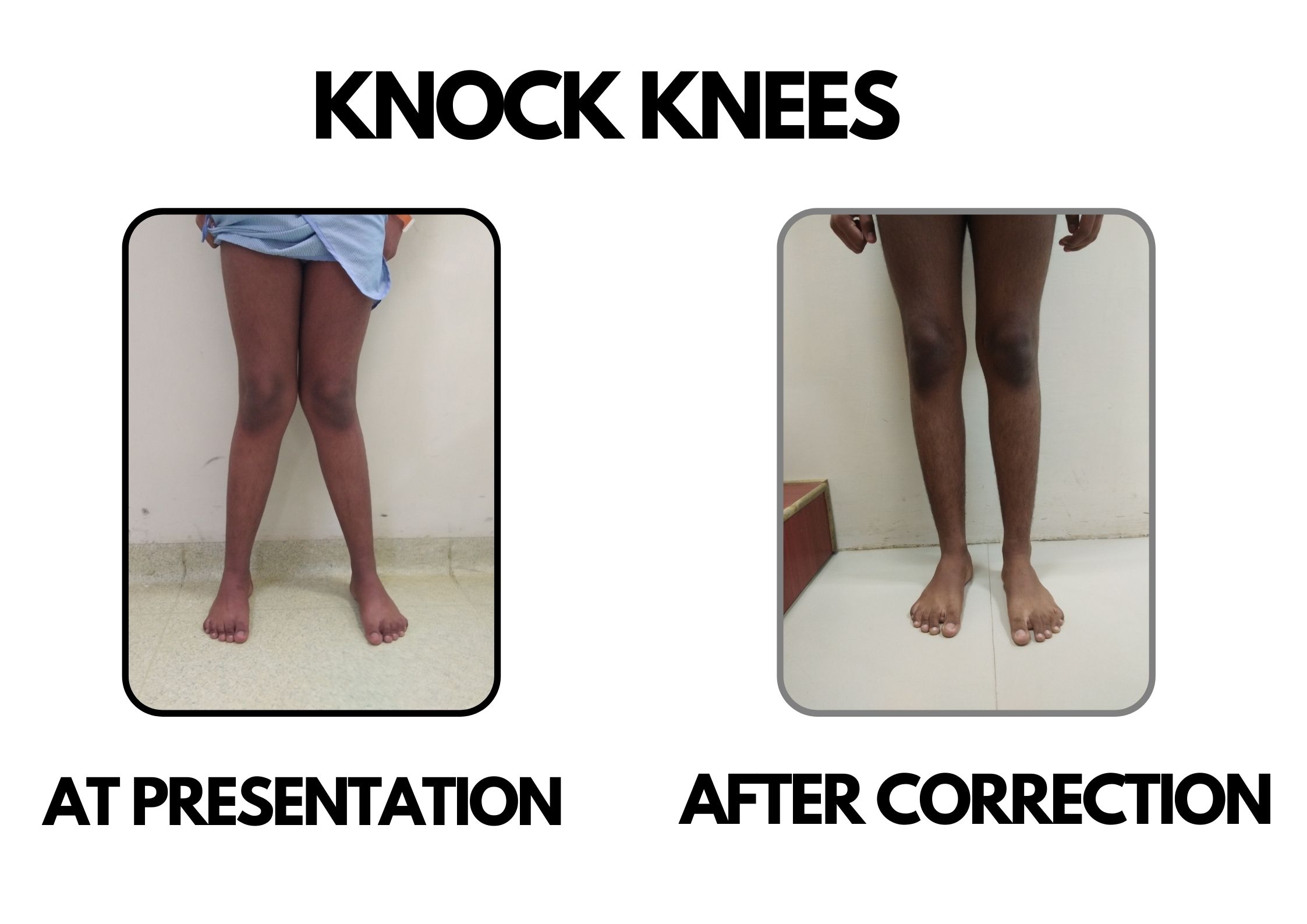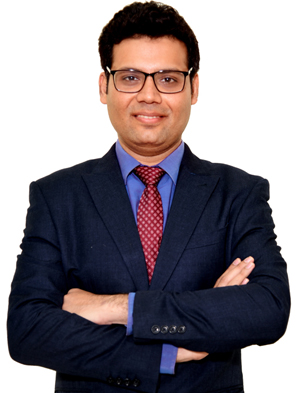8 Years Experience
MBBS, MS (Orthopaedics) FIPO (Mumbai)Consultant Paediatric Orthopaedic & Limb reconstruction surgeon.


Consultant Paediatric Orthopaedic & Limb reconstruction surgeon.
© Copyright 2020. All Rights Reserved | Powered by Dr Deepak khurana- Paediatric Orthopaedic Surgeon Crafted by CWM Technologies